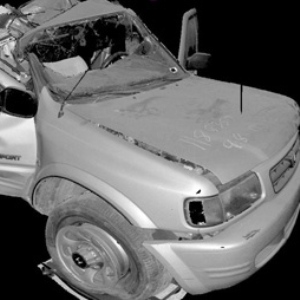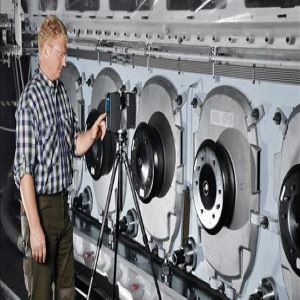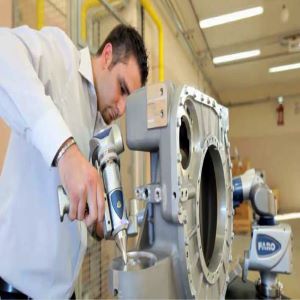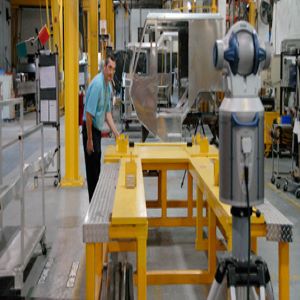When creating accident reconstructions, the sooner and faster the scene can be recorded, the better. With a 3D laser scanner from FARO, crash investigators can quickly record vast amounts of data and bring the virtual scene back to the office. Lines of sight, for example, be analyzed from various vantage points or the scan data compared with OEM CAD files for vehicle deformation analysis. An accident animation may be possible in order to simulate the actual event.
3D laser scanning technology from FARO supports forensic experts by saving time and generating superior deliverables.
Baselining Forensic Evidence with the Focus 3D
This is the job of Michal Frydrýn and his colleagues at the Department of Forensic Experts in Transportation (DFET) at the Czech Technical University (CTU) in Prague. Serving the country’s police departments or its courts, the team uses their expertise to analyse road traffic accidents. They visit the site, document the scene and submit a forensic report.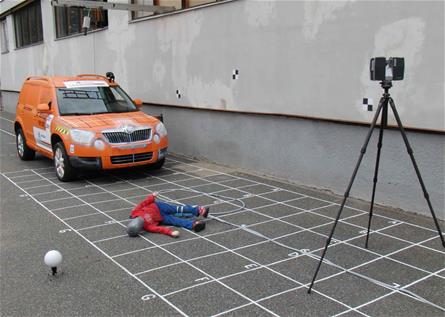
“The requirement for these reports drives our own baseline research,” explained Michal. “Recently, we examined the passive safety of cars specifically in relation to the protection of child pedestrians. It is a long term project that actually took us three years: we created a specialized forensic laboratory on university premises, fitted it out with appropriate equipment, including traditional measuring tools and suitable anthropomorphic test devices (crash test dummies) and then ran a programme of testing and evaluation.”
Michal explained that for the final year of the project, the DFET employed a FARO Laser Scanner Focus 3D: “The arrival of the FARO scanner means we won a substantial improvement in our baseline data and 3D documentation.
Within the carefully controlled laboratory environment, we accelerated a Skoda car to speeds of 10, 20 and 30kph and allowed it to strike a P6 crash test dummy. The dummy was designed to impact the car in the manner of a child and to record the effects on a child’s body. With the Focus 3D, we were able to record the whole scene and create highly detailed documentation of the deformation of the car – especially the bonnet. Using the FARO, we secured more information on the position of objects at the crash site, and more detail on the deformation of the vehicle, than was possible with the laser scanning equipment we had used previously. This increase in detail has served to add new depth to our documentation.”
As a result, this fundamental baseline data allows DETF to examine the bonnets of similar vehicles after real accidents and to determine the speed the vehicle was travelling at the time of collision with the child. Michal re-enforces this final point: ”At the accident site itself, the Focus 3D allows us to quickly document the scene with generous 3D detail to aid in the analysis, enabling our delivery of reliable, timely evidence to the courts”.
